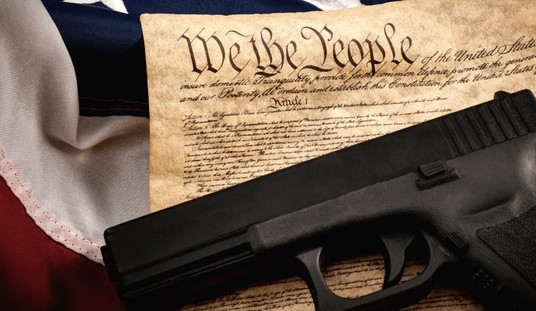
Just down the highway from me in New Hill, NC, hidden in the woods down a dusty dirt road winding through the pines, is Woody’s Hunting and Rifle Club. Woody’s is private club dedicated to long range field shooting and hunting, and hosts numerous precision rifle competitions every year.
I watched some of the best precision rifle shooters in the world compete there last year during a designated marksman’s match.
I’d love to be able to participate in that kind of shooting competition, but the barrier cost-to-entry is prohibitively high for me, as it is for most others. The starting price for many of the bolt-action rifles used in this kind of shooting starts around $4,000 for an Accuracy International, and can quickly climb to $10,500 for a Sako TRG M10.
The newly announced Ruger Precision Rifle (RCR) looks to change the equation.
Firearms design tends to be evolutionary instead of revolutionary, and the Ruger Precision Rifle is the result of a company that took the time to understand the wants and needs of their target market, and seems to have found a way to marry price with performance.
The RCR is based off the popular Ruger American Rifle, an economical bolt-action which was introduced in 2011. Ruger then married this action to an innovative chassis that is incredibly easy to customize because Ruger had the foresight to make the stock, grip, safety selector, and handguard attachments compatible with any AR-style analogue.
Do you prefer a traditional A2 rear stock? Simply swap out the parts.
Are you a fan of the Ergo Ar-15 pistol grip? If you can turn a screw, it takes less than five minutes.
Would you prefer to use handguard from another manufacturer? It takes minutes to make the change yourself.
And yes, you can even use different AR-compatible safeties.
The Ruger Precision Rifle offers flexibility in magazine usage as well, claiming to work with Remington M110, Knight SR-15, AICS, and PMAG magazines equally well (the rifle ships with PMAGs).
There’s a lovely brilliance in building a rifle with such flexibility, and the various firearms magazines and gun review sites that have tested the rifle seem to love with they’ve seen from the RPR so far.
Of course, there is sometimes a difference between the rifles that the shooting sports media is given to test and those that are sent out in the middle of a production run. That isn’t an act of intentional duplicity on the part of manufacturers, just a reality of manufacturing.
If the Ruger Precision Rifle does manage to keep their quality high, this rifle really will be a “game changer” for long-range precision shooting, as it will make it more affordable for more competitors by dropping the price of a competition-ready rifle by thousands of dollars.
The Ruger Precision Rifle is being introduced in .243 Winchester, .308 Winchester, and 6.5 Creedmoor. The .308 Winchester will likely be the best seller due to the near ubiquity of the round and ease of finding match-grade factory ammunition, but it seems that the 6.5 Creedmoor is getting the most “buzz” due to it’s much longer range and specific design as a long-range match rifle.
Ruger did a heck of a job bringing the features that precision rifle shooters demand to a $1,399 (MSRP) rifle. It is going to be something to watch closely in the months ahead.








Join the conversation as a VIP Member